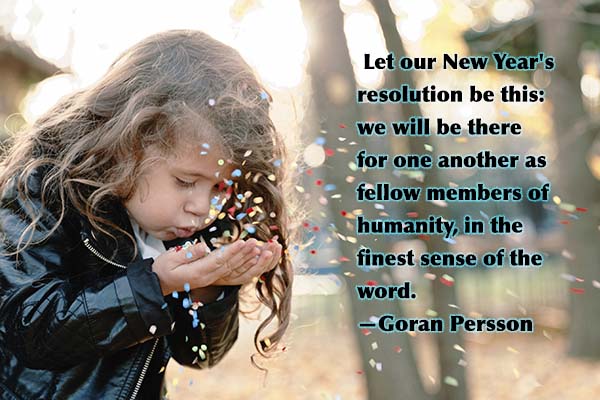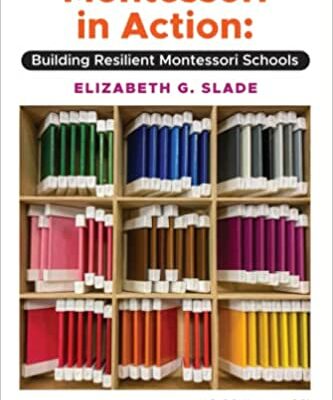For more than a hundred years, children in Montessori schools have been practicing the Silence Game as part of their regular routine. Maria Montessori discovered that children experience great pleasure from the self-control that produces real silence. This is a silence that comes from within the child rather from the demands or rewards for silence that we often make of children.
“At first when I had not yet understood the soul of the child, I thought of showing sweets and little toys to the children, promising to give them one…I imagined that gifts were needed to obtain such efforts from children. Very soon I was forced to admit that this was useless.” Maria Montessori
Over the years, as an adult educator, I have coached teachers in using the Silence Game as a regular classroom practice, not as a tool to control their behavior. When children are given the opportunity to make silence, they become aware of their bodies and emotions. In our schools we practice the Silence Game as a group, especially at first. The idea is to create complete stillness in the classroom from which true silence emerges.
This practice often starts during group time with just 15 to 20 seconds of stillness. Children may close their eyes as a help to minimize distractions. The teacher may ask them to just listen for sounds in the room like the pump from the fish tank, the AC turning on or off, or the teacher’s soft voice whispering their name to go quietly back to work. As the children increasingly develop their skills in self-quieting, the length of time for this activity increases. This gift of self-awareness and self-calming is priceless.
The holiday season reminds me that it is easy to get off track and forget what’s important and fun! As we approach the holiday season with all the events and activities, the gift giving and receiving, the traditional foods that are out of our typical diets, and the media bombarding us, we may be filled with a mixture of joyous anticipation and dread of the hectic pace that holidays often bring. Our children’s impression of how to act and what to feel during the holiday season is most often influenced by us: their parents and our families.
The Silence Game can be implemented at home as well as at school. It can offer family members a challenging and fun activity that encourages and supports the development of self-control, calming the spirit, and helping to focus on the joy of the holidays. This practice is not a demand for obedience or control but a challenge to perfect ourselves. When we practice it together the Silence Game can have a profound effect on all the family members.
“One day I had the idea of using silence to test the children’s keenness of hearing, so I thought of calling them by name, in a low whisper… This exercise in patient waiting demanded a patience that I thought impossible”. — Maria Montessori
Here are some ideas for starting the Silence Game at home:
• The idea of ‘making silence’ can be introduced at your weekly family meeting. It can be a wonderful way to start your meeting each week by getting everyone calm and centered. Have your family gather on the floor, sitting in a circle. During the first few weeks it would be best for the adults to lead so that the children can become familiar with the process. After that, leadership can be rotated among family members as it is their turn to facilitate the weekly meeting. The leader can whisper people’s names as a signal that silent time is over, and the meeting will start.
• Other times of the day for ‘making silence’ could be right before or after a meal or just before going to bed. It’s a great way to start or end the day.
• One way to bring family members to the ‘making-silence’ activity might be to create a sign that says, Silence and walk quietly around the room to, show the sign, which is their signal to gather, and go on to the next person.
• Another way to call them to gather for silence could be to have a small music box to carry from one person to another instead of the sign.
You will need to explain before implementing the practice how the ‘making-silence’ activity works and what signals will be used. Don’t be discouraged if children three and younger have some difficulty with this kind of activity. If your child will sit quietly in your lap or beside you for a few seconds, that’s a good start.
What else can parents do to cultivate ‘calm and peace’ during the din of the holiday season for our children? Here are some ideas:
• Recognize your own feelings. Are you anxious, joyful, overwhelmed, excited, etc.? How we feel (and how we handle those feelings) can have a great deal to do with how the rest of the family is feeling and behaving.
• Remember to take care of yourselves. Do something for yourself, such as reading a book, listening to soothing music, taking a hot bath, or doing some type of exercise. Take time to do something daily that refreshes, renews, and re-energizes you.
• Leave time in the days and weeks during the season for unscheduled family time to relax and take it easy. It could be reading or telling stories, doing a puzzle together, or having a quiet family meal together. The key words here are together and relax.
You can give your family the gift of silence during this holiday season and throughout the year. Enjoy! ¢
Lorna McGrath has 40+ years of experience in the field of education, teaching children from 18 months through 6 years old and from 12 through 18 years old in both public schools and independent Montessori schools. She received her M.Ed. with a concentration in Family Counseling from the University of Georgia and her Montessori certification from the American Montessori Society. She also served as Associate Head of NewGate School.
Lorna is a Senior Consultant and Director of Family Resources at the Montessori Foundation as well as a Montessori teacher educator, conference presenter, and school consultant. She has used her many years of experience, working with families in the educational setting, to develop programs for parents as well as teachers and children.
Most recently, she and Tim Seldin have published a book, Montessori for Every Family — a practical parenting guide for living, loving, and learning.






